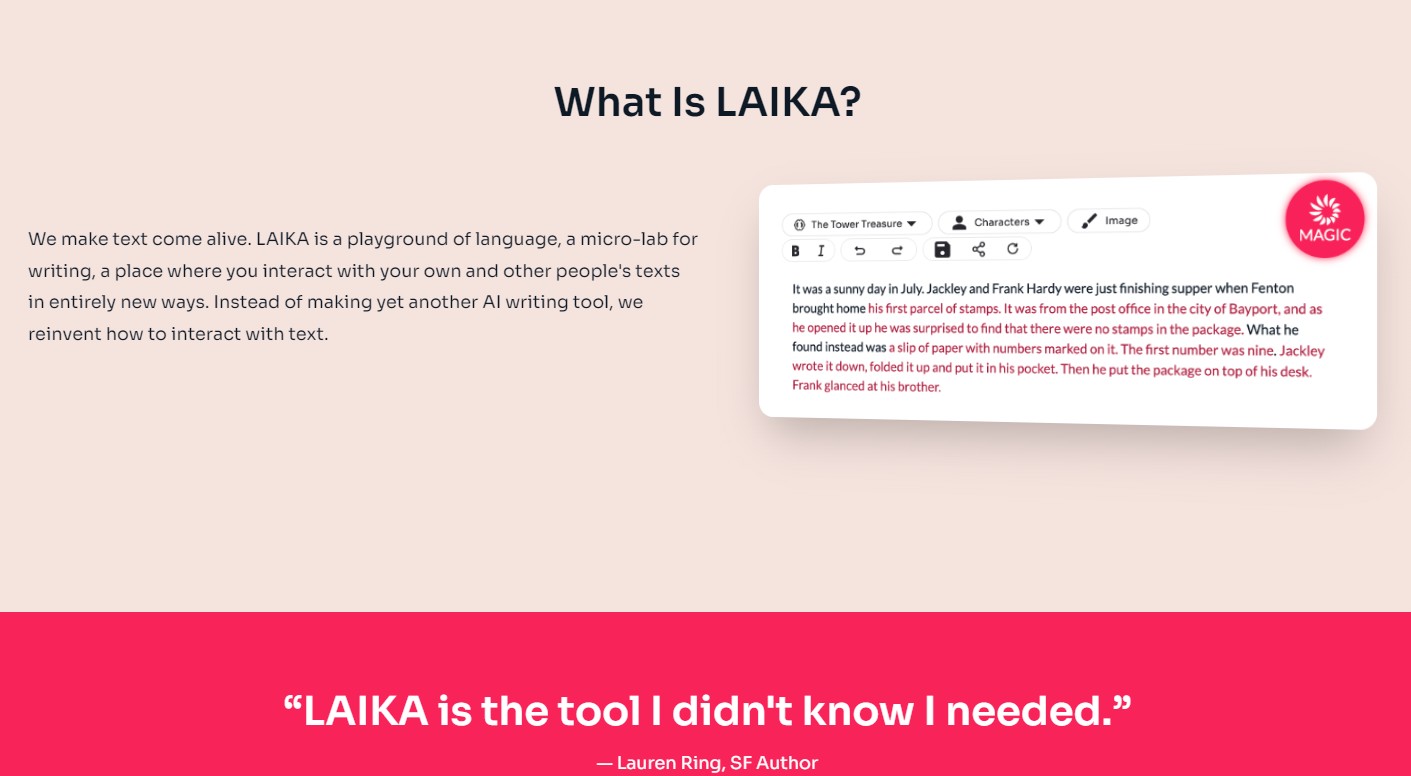The ethics of AI‑generated text: disclosure, bias, and attribution
Disclosure and transparency practices
Effective disclosure practices are rapidly evolving as AI-generated content becomes ubiquitous. A consistent content structure that openly reveals AI’s role in creation fosters informed readership and regulatory compliance. Publishers are encouraged to use straightforward labels or metadata to indicate AI involvement, avoiding technical jargon that might alarm or confuse audiences. This clarity helps balance automation’s benefits with ethical accountability.
Incorporating structured disclosures into content management workflows simplifies labeling and satisfies diverse stakeholder needs. Automation can assist by generating standard notices based on AI use, but ultimate responsibility remains with human authors who know the content’s origin in depth. The nuanced challenge lies in defining thresholds for disclosure, especially when AI assists partially or non-creatively.
The approach differs by content type: while creative writing or analysis warrants explicit AI attribution, purely functional elements such as titles or summaries might not. This selective transparency helps avoid overwhelming users with repetitive labels while preserving trust where it matters most.
Attribution and authorship challenges
The integration of AI into content creation blurs traditional lines of authorship. Since AI lacks agency, it cannot hold responsibility or authorship rights, yet its outputs significantly shape final works. Establishing clear attribution models is crucial to honor human input while recognizing AI’s collaborative role.
Questions of originality become more complex when AI generates ideas or text based on pre-existing data. Existing plagiarism frameworks struggle to address AI’s output that combines or reinterprets human knowledge. Disclosure policies in journalism and academia increasingly reflect caution, advising clear statements about AI contributions without misrepresenting content ownership. Emerging detection techniques analyze textual patterns unique to AI-generated content, aiding transparency and preventing misuse. As AI quality improves, these methods become vital for maintaining integrity in publishing, education, and research environments.
Addressing bias and ensuring fairness
Mitigating bias in AI-generated text requires deliberate strategies spanning data preparation to model implementation. Pre-processing cleans and balances datasets to reduce discriminatory influences before training. Fairness-aware algorithms embed equity principles to promote impartial outcomes. Post-processing further adjusts results to eliminate unfair predictions or language.
Human oversight through audits and transparency reports is essential, enabling continuous refinement. Collaborative efforts involving diverse teams from data science, legal, and compliance domains foster ethical AI governance. Embedding diversity into AI development teams also enhances sensitivity to potential biases. AI itself provides tools to monitor and correct bias, supporting more inclusive systems. While perfect fairness is an ongoing goal, proactive accountability helps build trustworthy AI implementations that respect ethical standards and societal values.
The ethics of AI-generated text revolve around responsible disclosure, addressing embedded biases, and clarifying authorship roles. Clear communication about AI’s participation empowers users to interpret content critically. Concerted efforts to identify and reduce bias enhance fairness and trustworthiness. Thoughtful attribution models acknowledge AI’s transformative collaboration without obscuring human creativity. Balancing technological innovation with ethical principles ensures AI content enriches society without compromising integrity or transparency.
AI Catalog's chief editor







.jpg)


.jpg)
